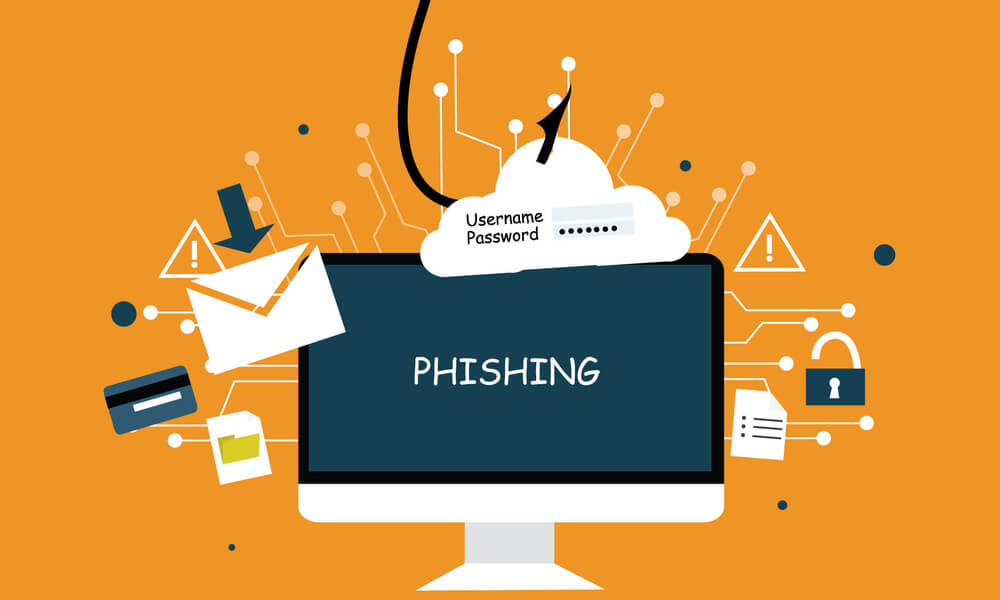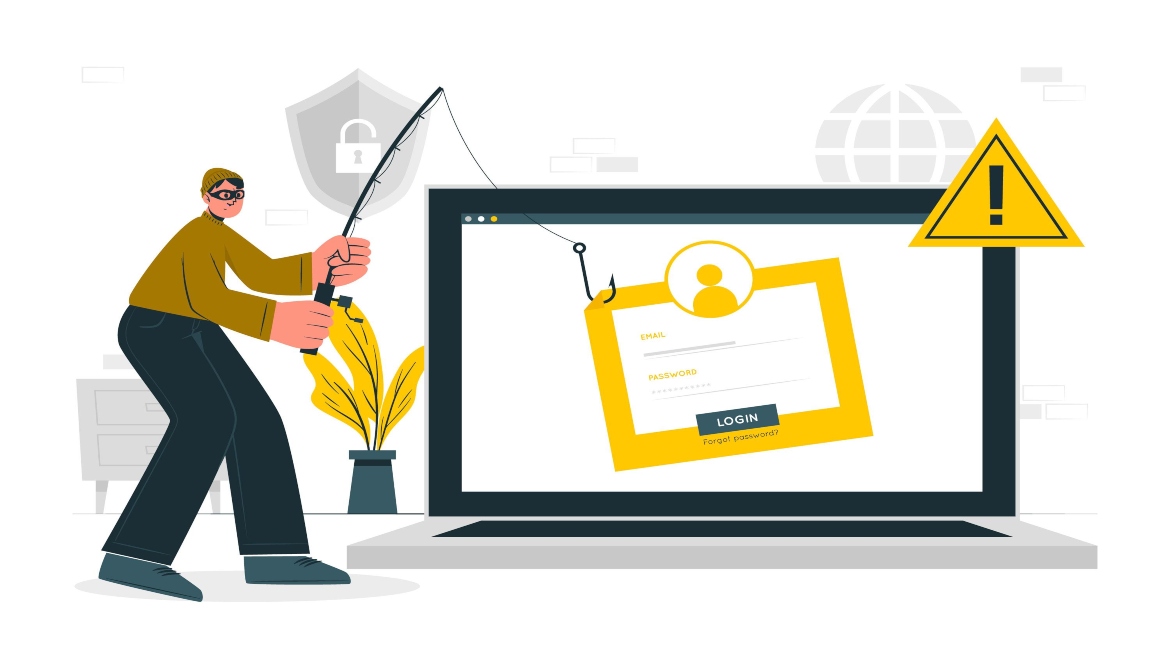
Understanding Phishing: A Guide to Recognizing and Avoiding Scams
In our increasingly digital world, phishing attacks have become one of the most common and dangerous threats to individuals and organizations alike. Understanding what phishing is and how to recognize it is crucial for protecting sensitive information and maintaining cybersecurity.

What is Phishing?
Phishing is a type of cyber attack where attackers impersonate legitimate entities to deceive individuals into providing sensitive information, such as usernames, passwords, credit card numbers, or other personal data. Phishing can occur through various channels, including email, text messages, social media, and even phone calls.
Common Types of Phishing Attacks
Email Phishing: The most widespread form, where attackers send emails that appear to be from trusted sources, such as banks or well-known companies. These emails often include links to fake websites designed to capture personal information.
Spear Phishing: A more targeted form of phishing, where attackers customize their messages based on the recipient's information, making the deception more convincing. This is often used against high-profile targets, such as executives.
Whaling: A type of spear phishing aimed at senior executives or high-ranking officials. These attacks often involve more elaborate schemes to trick the victim.
SMS Phishing (Smishing): Attackers send text messages that contain malicious links or requests for sensitive information.
Voice Phishing (Vishing): Cybercriminals use phone calls to impersonate legitimate organizations, convincing victims to divulge personal information.
Recognizing Phishing Attempts
Phishing attacks can be sophisticated, but there are several red flags to watch for:
Unusual Sender Addresses: Check the sender’s email address carefully; it may be similar to a legitimate address but often contains subtle differences.
Urgency or Threats: Many phishing messages create a sense of urgency, urging you to act quickly to avoid negative consequences.
Generic Greetings: Phishing emails often use generic greetings like "Dear Customer" instead of your actual name.
Poor Grammar and Spelling: Many phishing messages contain grammatical errors or awkward phrasing, which can be a sign of a scam.
Suspicious Links: Hover over links without clicking to see the actual URL. If it looks unusual or does not match the claimed source, don’t click it.
Prevention Strategies
Here are some effective strategies to protect yourself from phishing attacks:
Be Skeptical: Always question unexpected emails or messages, especially if they ask for sensitive information.
Verify Requests: If you receive a suspicious message from a known contact or organization, verify its authenticity by contacting them directly using a trusted method.
Use Security Software: Keep your antivirus and anti-malware software updated to help detect and block phishing attempts.
Enable Two-Factor Authentication: This adds an extra layer of security, making it more difficult for attackers to access your accounts, even if they obtain your password.
Educate Yourself and Others: Regular training on recognizing phishing scams can empower you and your colleagues to stay vigilant against these threats.
What to Do if You Fall Victim
If you believe you've fallen victim to a phishing attack, act quickly:
Change Your Passwords: Immediately change the passwords for any affected accounts.
Monitor Financial Accounts: Keep a close eye on your bank and credit card statements for any unauthorized transactions.
Report the Incident: Notify your organization’s IT department (if applicable) and report the phishing attempt to relevant authorities, such as the Federal Trade Commission (FTC) or your country’s cybersecurity agency.
Consider Identity Theft Protection: If sensitive information was compromised, consider using identity theft protection services.
Phishing remains a significant threat in the digital landscape, but with awareness and proactive measures, individuals and organizations can significantly reduce their risk. By staying informed and vigilant, you can protect yourself and your sensitive information from falling into the wrong hands. Remember, when in doubt, it's always best to err on the side of caution. Cybersecurity is a shared responsibility, and your vigilance plays a vital role in maintaining a secure online environment.
Article Contents
- Phishing
- Email Scams
- Spear Phishing
- Cybersecurity
- Identity Theft